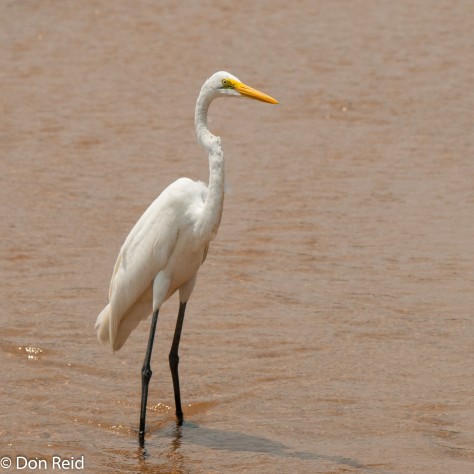The Route
Kicking off our stay in Satara we decided our first drive would follow the H1-4 main tarred road which heads north, branching off onto the Olifants camp road after crossing the river
After the previous day’s long drive from Pretoria, we enjoyed a good night’s rest, only surfacing after 7.30 am for coffee and rusks on the stoep before packing the brunch goodies and setting off for Olifants camp after 9.30 am.
Habitat
The drive initially takes you through open savanna grassland, changing to more rocky landscape closer to Olifants, where the habitat is known as Olifants rugged veld and is the transition between the woodlands of the south and the mopaneveld of the north.
Most common trees are Knob-thorn Acacia, Umbrella Acacia, Marula, Ebony Jackalberry and Red Bushwillow. The open savanna is favoured by the grazers such as antelope, zebra and their predators, with plenty of Vultures gathered at carcasses
An extract from the Kruger Park map book shows the route :

The Drive
The savanna grassland was particularly dry and barren after the winter, but the few waterholes and dams which still had some water kept things interesting , with plenty of Elephant, Giraffe, Waterbuck, Kudu and Impala plus a few Steenbok here and there, looking so small and defenceless in this environment.





On the birding side we started with a juvenile Black-chested Snake-Eagle and added regularly to the list, particularly when we stopped at Ngotso Water Hole some 20 kms north of Satara where we found Sabota Lark, Blue Waxbills, Ostrich, Lesser Striped Swallow, amongst others. This is the main water hole in the area, man-made and fed by the vlei area surrounding it.


At the Olifants Bridge you can get out of the vehicle in the designated zone to enjoy the scenes on both sides and the bird life(Little Swifts by the 100’s, African Spoonbill, Yellow-billed Kite, Green-backed Heron).




Further along, the road stays close to the river for a few km’s before turning off to Olifants camp. A lone elephant was making his way slowly across the mostly dry river bed to where a few Impalas were drinking at a pool – such a classic scene I just had to stop and let it soak into my memory. It’s these simple scenes that are what Kruger is all about and why we keep coming back after 40 + years of visiting our national treasure.
Olifants Camp
At Olifants camp we went straight to the picnic area where Andre and Geraldine were already parked and Megan and Maia were in the swimming pool. By now it was 35 deg C and the heat felt tangible, but as Geraldine reminded us, this is exactly what you expect in Kruger in summer – best embrace it and don’t try to be too active.
Andre conjured up a “brunch sandwich” on the skottelbraai (like an old ploughshare used for frying on a gas cylinder) with scrambled egg, fried lean bacon, fried onions and avo – delicious! Not that we were ravenous by then or anything. All part of the Kruger traditions/must-do’s!
While he was busy I couldn’t help noticing that the fallen Mopane tree leaves looked uncannily like a butterfly, so I positioned one on the tree trunk ……

After brunch it was time for the next must-do – as we walked slowly down to the restaurant area and viewpoint (Gerda and I cheated and drove – the extreme heat you know) below the restaurant to enjoy the timeless landscape below and stretching to the horizon in a 180 degree sweep. In all the years we have been visiting Kruger the view has not altered one bit – other than the effects of the different seasons – a testament to the foresight of the founders of the Park and those charged with looking after it.
In the river far below, some 30 to 40 Elephants of various ages were enjoying the pools of water as they moved slowly across the wide Olifants River, which flowed in several streams interspersed with rocky islands and stretches of sand and reeds.

Numbers of birds were visible – lots of Egyptian Geese but also plenty of white egrets (Great, Yellow-billed and Cattle were all represented), Marabou Storks, Hamerkop, Grey Heron, African Openbill and Saddle-billed Stork.

Tearing myself away from what has become one of my favourite spots in all of Kruger, I went off to find the rest of the family, who were busy with that other traditional pursuit – shopping. And who can blame the girls (old and young), with some pocket-money and nowhere else to spend it but in the tempting Kruger Park shops.
The road back to Satara was quiet, with birds rather than animals being the only reason for stopping – Red-billed Oxpeckers using Kudu as a feeding station, Kori Bustard some way from the road and a Yellow-throated Longclaw perched near the road.

The rest of the day was dedicated to camp activities – swimming in the large pool, and a late afternoon braai
Sources :
Krugerpark.co.za
Sanparks Guide to Kruger National Park






Oh Boy..love those Elephant photos in the water…great pics